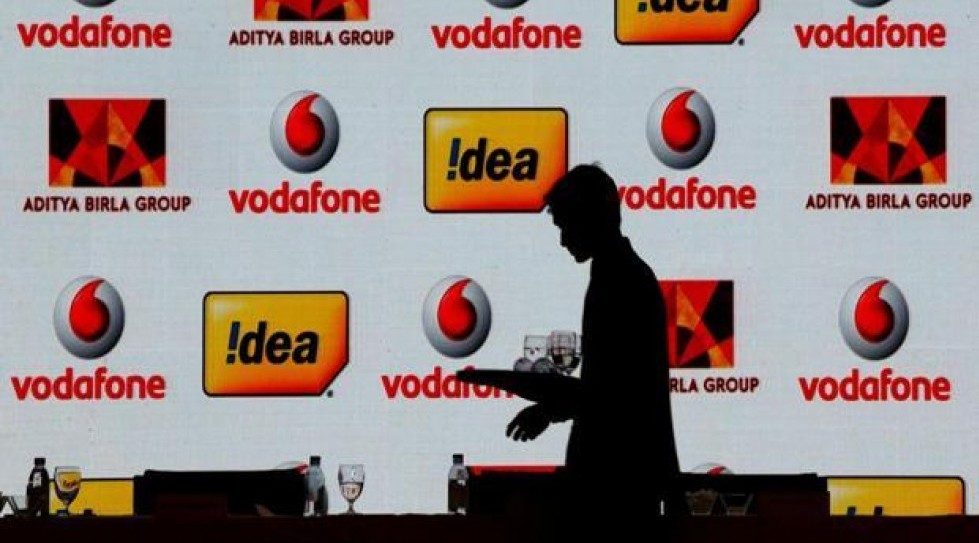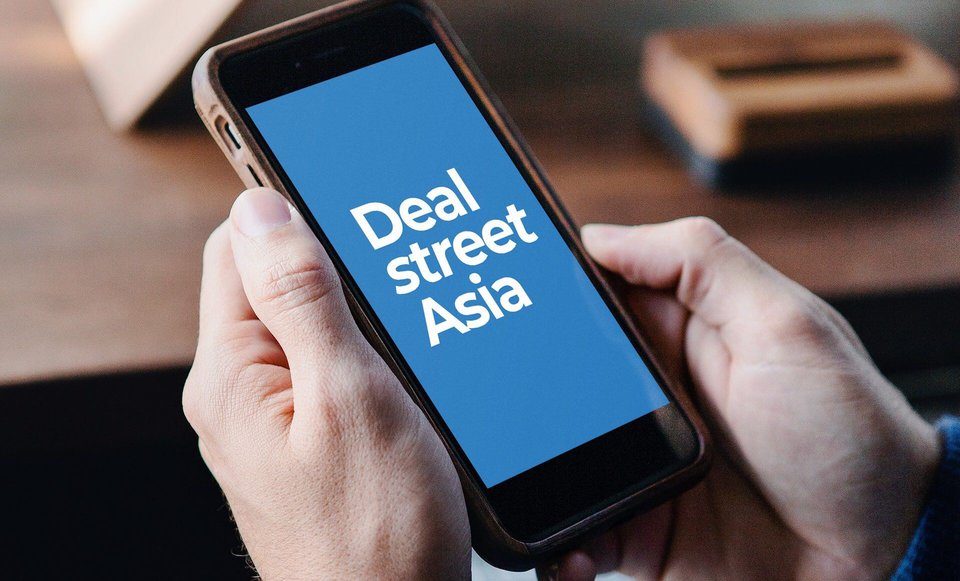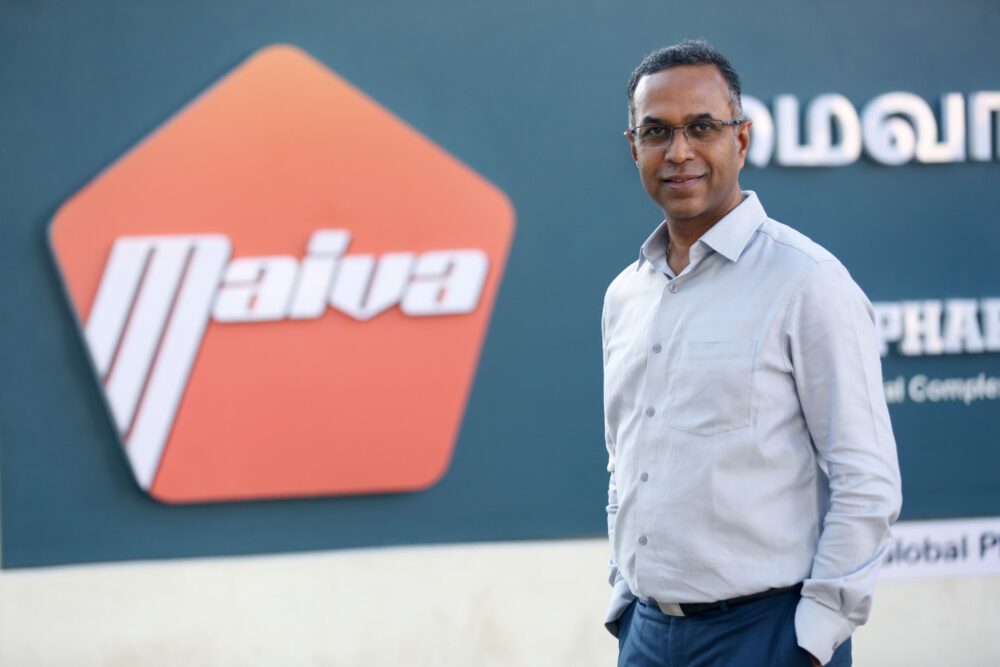TOKYO — Taiwanese suppliers have expanded their presence inside Apple’s high-end tablet, gaining ground on their South Korean rivals. A teardown of the latest iPad Pro found that Taiwanese electronics parts makers are responsible for some 20% of all the components in value terms, second only to South Korean suppliers.
Taiwanese suppliers make key parts for what Apple calls the Liquid Retina XDR display. The core chip for Apple’s flagship tablet computer, designed by the tech giant itself, is also made by a Taiwanese supplier.
XDR stands for extreme dynamic range.
Taiwanese parts’ new prominence inside the device came at the expense of South Korean components, which made up over 40% of the previous iPad Pro.
Nikkei tore down the latest 12.9-inch high-end tablet, released in May, in cooperation with Tokyo-based research specialist Fomalhaut Techno Solutions. We were also helped by suppliers and research companies in identifying what companies some components came from.
Fomalhaut has estimated the production cost of the model at $510, up more than 30% from that of its predecessor. South Korean parts represent 38.6% of the cost, down from 44%.
Taiwan’s share of the total cost surged from 1.7% to 18.5%. The U.S. slipped one notch to third place with a share of 16.8%, while China, Including Hong Kong, stayed at No. 4 with a 7.5% share. Japan tumbled from the third to the fifth slot, with its share sinking to 2.8% from 8.9%.
The LCD is supplied by South Korea’s LG Display, while the DRAM and NAND memory chips are made by SK Hynix.
The LCD is priced at over $100, while the DRAM and NAND have a combined value of over $40. The three components represent nearly 30% of the tablet’s cost, ensuring South Korean suppliers’ top ranking.
South Korean makers dominate the global markets for these chips. Samsung Electronics is the world’s largest DRAM and NAND producer, while SK Hynix is the second largest maker of DRAM chips and the fifth largest producer of NAND flash memory.
South Korea’s dominance of these markets is likely to ensure that the nation’s component makers remain as key iPad suppliers.
Among Taiwanese players, Ennostar supplies LED chips for the LCD backlight system. The backlight is estimated to cost $90, nearly 20% of the tablet’s total cost, helping to boost Taiwan’s share of the iPad’s value to 18.5%.
Yoshio Tamura, co-founder and president of Asian Operations at DSCC, a U.S. research company, says Taiwanese makers in the past three or so years have ramped up spending on the development of Mini-LED display technology, employed by the latest iPad Pro. As it has an extended supply chain for the emerging display technology, Taiwan is likely to maintain its lead in the Mini-LED market for the time being, according to Tamura.
The much-touted M1 chip, designed and developed by Apple, is categorized as a U.S.-made component. But the chip is supplied exclusively by Taiwan Semiconductor Manufacturing Co., the world’s largest contract chipmaker.
This means Taiwan actually contributes more value to the iPad Pro.
Also, Apple’s growing dependence on Taiwanese suppliers could create risks as global high-tech rivalries intensify.
While the U.S. was overtaken by Taiwan and slid into third place, it actually increased its iPad contributions by 2 percentage points to 16.8% as the first 5G-ready iPad had adopted a communication chip from Qualcomm.
The iPad’s made-in-China parts include LAN components supplied by Universal Scientific Industrial and lithium-ion batteries made by Amperex Technology Limited.
China’s BOE Technology Group is the world’s largest maker of small and mid-size LCDs, but it mainly supplies Chinese makers like Huawei Technologies. BOE is listed as an Apple supplier, but its products do not find their way into high-end iPads.
A 2020 supplier list disclosed by Apple has 51 Chinese makers, including those based in Hong Kong, among the 200 companies named, the most of any country or area. Chinese makers supply mostly low-price components and services, such as modules and metal processing.
From Japan, Sony Group supplies image sensors. Murata Manufacturing and Seiko Epson also supply components for the iPad Pro.
Sony, which controls nearly half of the global market for image sensors, serves as the exclusive supplier of these devices for the iPhone and iPad. But prices of Sony components have fallen as the latest iPad Pro offers no notable new camera features.
We did not find any Japanese components in the LCD or memory chips in the iPad we disassembled. These components are responsible for a large portion of the device’s cost. Since Apple buys LCDs and memory from multiple suppliers, however, Japanese products may be used in different iPad models or those sold in other regions.
There is no denying Japan has fallen far behind South Korea and Taiwan in the race to supply Apple.
Japan’s share may increase if Apple adopts more high-spec electronics, for which Japanese makers have higher global shares, an industry executive said.
The teardown findings do not indicate that Apple is trying to reduce its transactions with Chinese companies despite the fierce U.S.-China technology tug-of-war.
But Apple is said to have terminated its business dealings with Chinese supplier Ofilm Group over allegations it has been involved in a government program to transfer ethnic minorities from Xinjiang to other parts of the country for work.
In selecting suppliers and business partners, companies now need to pay more attention to geopolitical risks, in addition to their technological needs and cost parameters. Apple is likely to seek to further diversify its supply chain, a securities analyst said.







